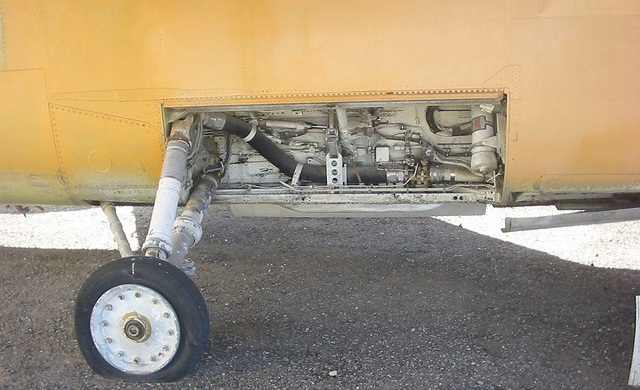Having presided over USAir loses cumulating to $2.4bn in 5 years Seth Schofield led the company back to profits in 1995. But, unfortunately, he had still not gained enough concessions from the intransigent unions to give any surety of future profits. The Washington Post commented that ironically the first sight of a profit became a problem because when the airline began to make money “the union membership saw less need to grant concessions.” Schofield was constantly up against this Catch 22.

Through much of 1995 Buffett tried to sell Berkshire’s preferred stock at 50% of face value but couldn’t find takers. In September, with the common stock down at $8, a frustrated Schofield resigned as Chairman and CEO.
A few months later there was yet another blow: British Airways was forming an alliance with American Airlines, tying up the lucrative US-London market and excluding USAir. AA and BA were to share passengers; coordinate fares, schedules and ticketing; and pool profits on some routes.
The people at USAir felt betrayed and sued to break its deal with BA. The arrangement had, after all, bought BA a great deal of power in the US boardroom, but little for USAir in the way of access to European markets as BA blocked its efforts to go there. Acrimonious divorce proceedings slogged their way through 1996.
The leadership of USAir was taken by Stephen M. Wolf in January 1996. A former Chairman of United Airlines, Wolf was determined that USAir would no longer muddle along as a medium-sized airline with high costs and negative margins. It would either shrink back to being a regional carrier or, his preferred option, modernise and grow to become major global competitor with the most up to date fleet, manageable costs and profitable routes.
These are the options he presented to the unions. To show what he was aiming at with the growth option he made arrangements to buy 400 new jetliners from Airbus worth $15bn over the following decade, replacing the hodgepodge fleet of older planes from several manufacturers (the old fleet was expensive because each type required separate maintenance procedures, spare parts inventories and crew training).
So that was this shiny new future pilots, cabin crew and ground staff were invited to gaze upon. As they excitedly pondered that sunny picture the wily Wolf had a big but: the planes were on order but could be cancelled at the drop of a hat. If the unions refused to be reasonable then Wolf would take the firm in the opposite direction resulting in closed routes and massive redundancies. The choice was theirs to make: be reasonable on salaries, work rules, etc., (pilots were on $120,000 per year on average for example) or risk seeing most of your colleagues disappear.
Oh, and there was a third option: Wolf let it be known that he was in discussions with both United and American to sell the company to one of them. Do you, union leader, want to be run by their executives, who might have a view on cutting overlapping routes following amalgamation?
Wolf was looking for annual $500m concessions to lower costs per available seat mile from the highest in the industry at 12.69 cents to nearer Southwest’s 7.5 cents.
The blink
Negotiations dragged on, so in early Spring 1997 Wolf warned that he would begin laying off pilots and other employees by June 30th unless agreement had been reached. If things were still not headed in the right direc………………To read more subscribe to my premium newsletter Deep Value Shares – click here http://newsletters.advfn.com/deepvalueshares/subscribe-1


 Hot Features
Hot Features










